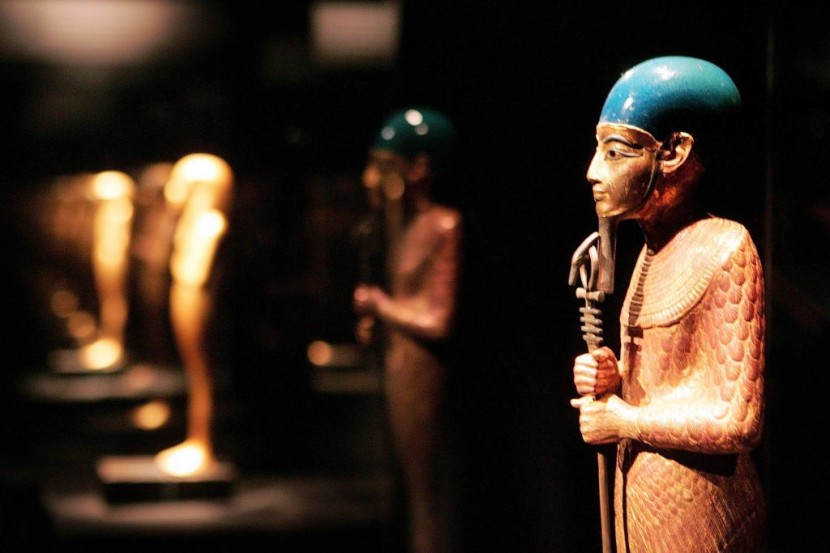
Archaeologists have discovered predynastic tombs dating back to Egypt's pharaohs. The tombs, which date back over 5,000 years, were found near the base of the Nile River, where it empties into the Mediterranean Sea.
Over 5,000-year-old tombs unearthed in Egypt
An excavation team discovered the graves in the Dakahlia province, and they were from two different ages. According to Arab News, 68 tombs dating from 3300 BC during the Buto period and five from about 3100 BC during the Naqada III period.
Egyptologist Salima Ikram told Arab News, "This is an incredibly fascinating cemetery because it blends some of the earliest times of Egyptian history with another significant age, the time of the Hyksos." Thirty-seven of the 110 tombs date from the Hyksos period, which occurred during the 18th century B.C., when Palestinian immigrants arrived in Egypt.
He added that Egyptologists are trying to figure out how the Egyptians and the Hyksos coexisted and to what extent the former adopted Egyptian traditions. Human remains were discovered in a squatting posture in some Buto tombs, while cylindrical and pear-shaped vessels were found in tombs from the Naqada era.
The bodies in the Hyksos tombs were found in an extended position, facing west. Ovens, stoves, the remains of mud-brick structures, pottery pots, and amulets and scarabs, some of which were made of semi-precious stones, were also discovered by the mission, the Jerusalem Post reported.
Read Also: Egypt Seizes Ever Given Ship in Suez Canal, Pending $900 Million Compensation
Pre-Pharaonic tombs discovery is significant in Egypt's history
Mustafa Waziri, secretary-general of Egypt's Supreme Council of Antiquities, described the discovery as "a significant historical and archaeological addition to the site." In a Facebook post, the Egyptian Ministry of Tourism and Antiquities published a detailed list of the ancient objects that archaeologists retrieved from the tombs.
Interestingly, the tombs differ in shape, and the corpses within are positioned depending on their age. The 68 Buto tombs and the five Naqada tombs, which are oval, contain corpses curled in the fetal position and facing sideways, Ayman Ashmawi, the head of the Egyptian antiquities sector of the Supreme Council of Antiquities, said in the Facebook post.
A coating of clay had been applied to two of the Naqada tombs. According to Nadia Khader, head of the Supreme Council of Antiquities' Central Department of Lower Egypt, the 37 Hyksos tombs are semi-rectangular and buried at a depth of between 20 and 85 centimeters hold corpses that are laid out on their backs and face up.
The bodies weren't just adults. According to the Smithsonian, both the Buto and Hyksos tombs preserved babies buried in pots, traditional internment that has caused much confusion among archaeologists.
The tombs held a kohl bowl, the remains of a building foundation, a sealing stone engraved with hieroglyphs, spherical and cylindrical jars, jewelry such as earrings, rings, and scarab amulets, and kitchenware such as stoves and ovens, in addition to human remains, as per Egypt Today.
Read Article: Egypt's First Female Ship Captain Falsely Blamed for the Suez Canal Jam








